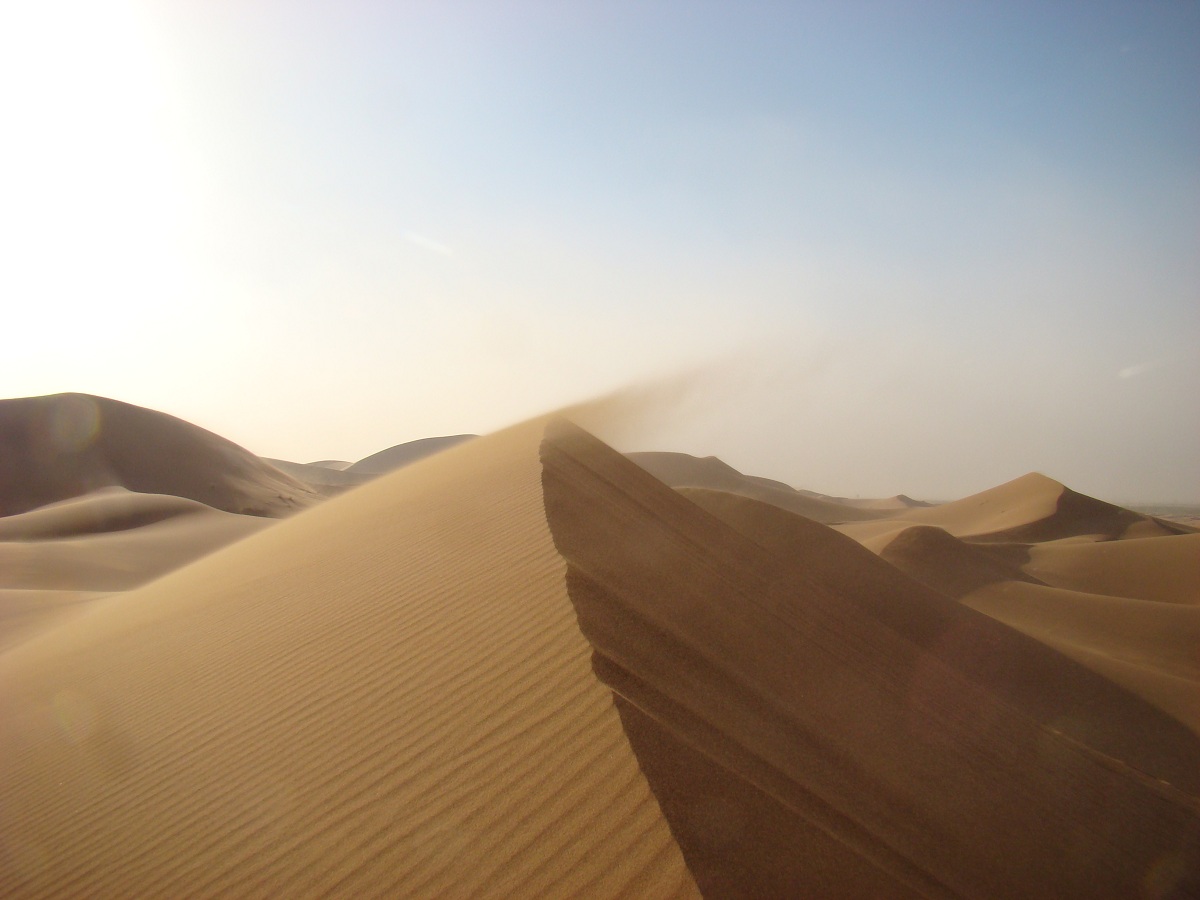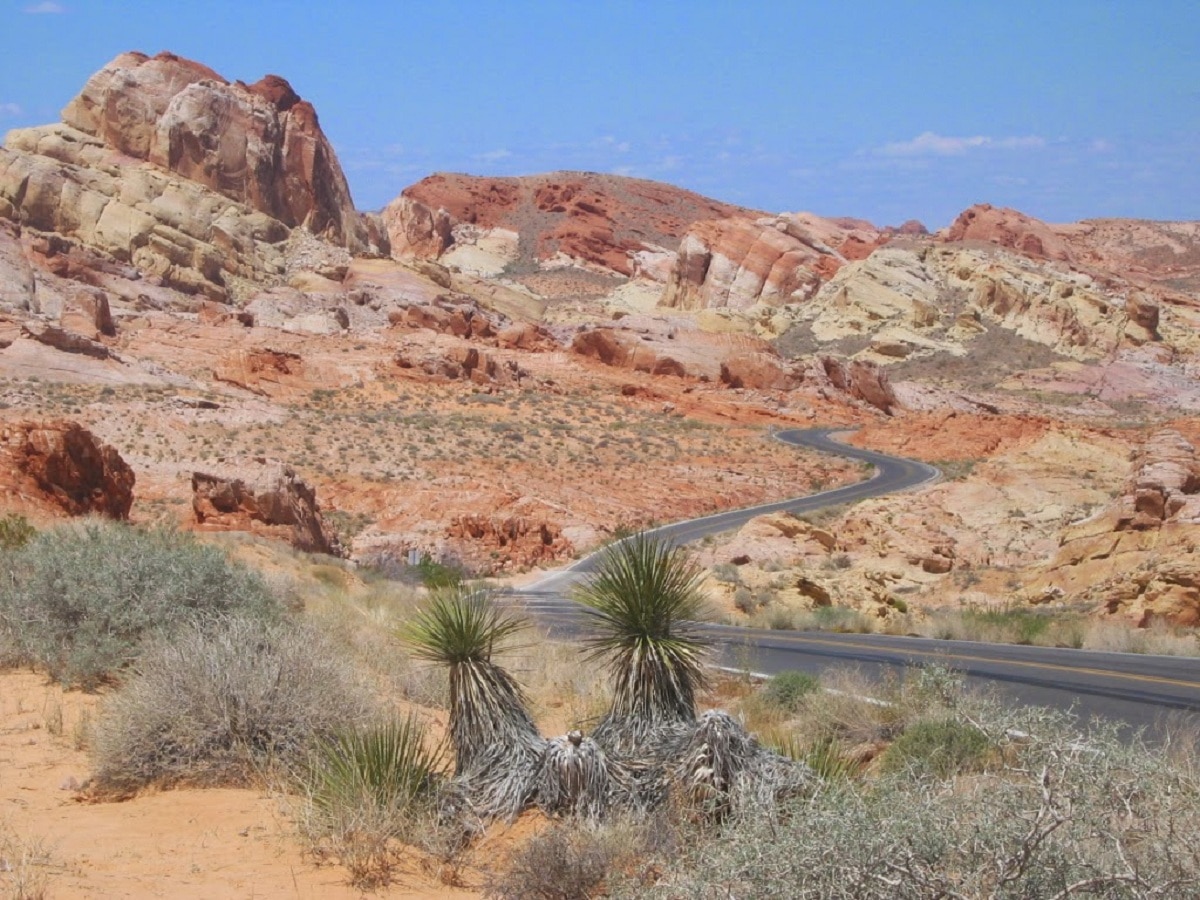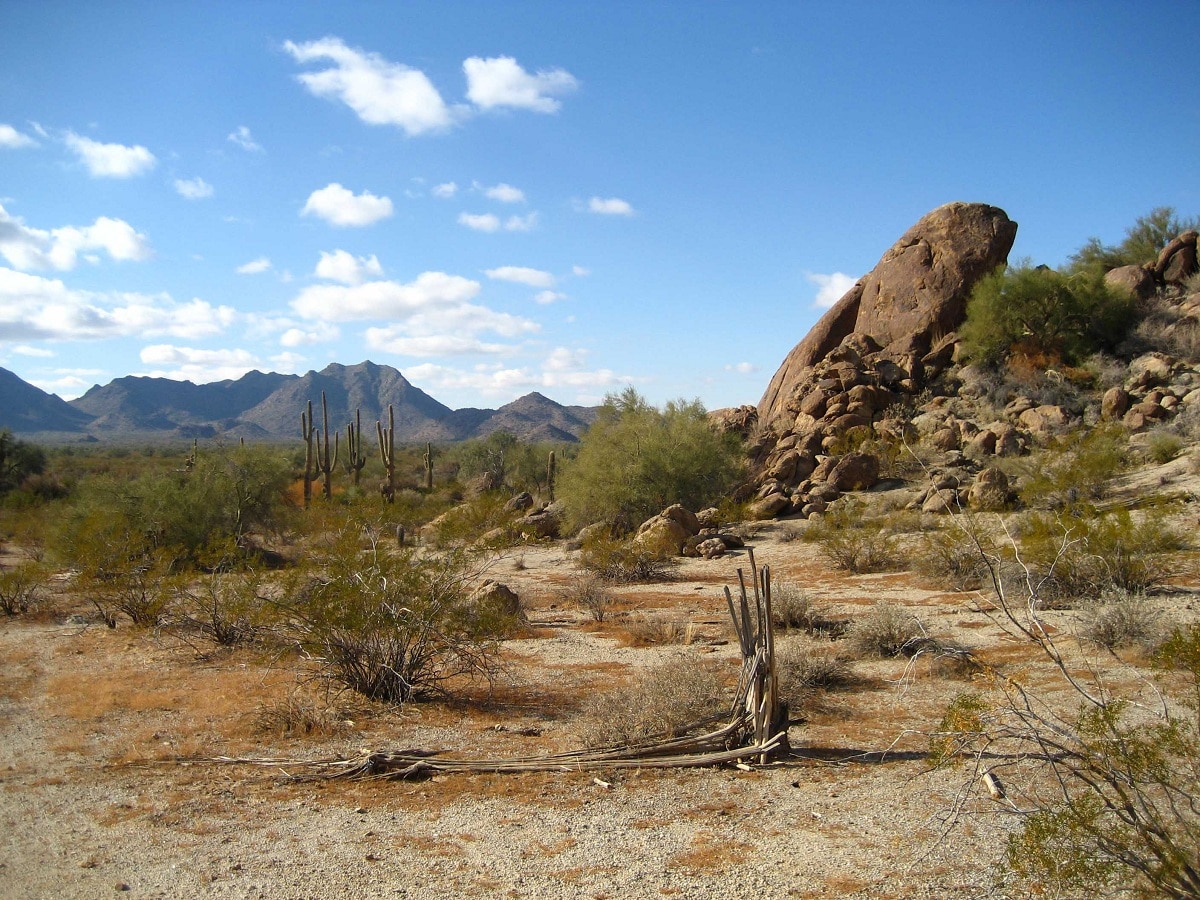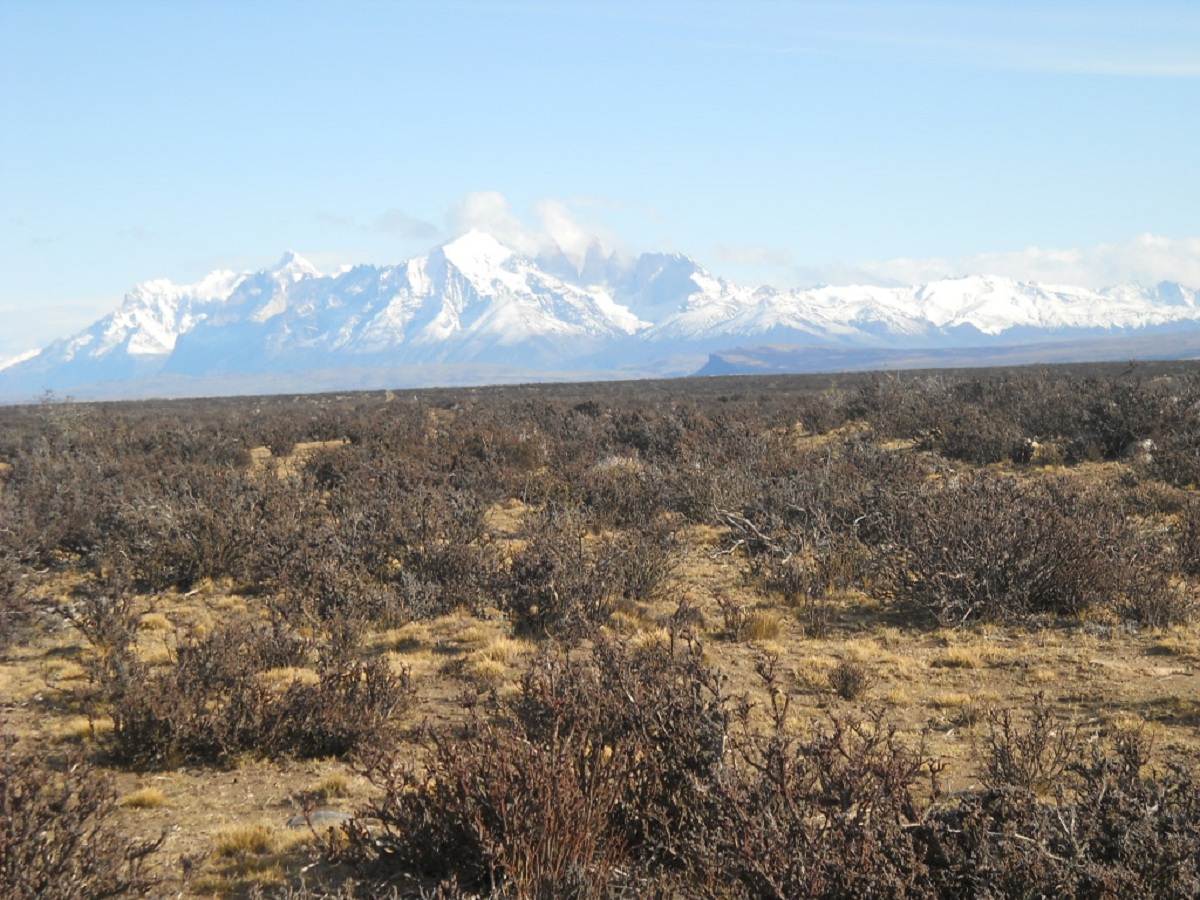
El Dry weather It is also known as the desert climate. It is a type of climate whose main characteristic is its lack of annual rainfall. It only has an amount of rainfall that comes from 300 mm throughout the year. One of the main characteristics of this climate is its high evapotranspiration rate.
In this article we are going to tell you all the characteristics, origin, location, flora and fauna of the arid climate.
Key features

It is a type of climate where evapotranspiration is high. Evapotranspiration is no more than the loss of moisture that localize a surface due to direct evaporation. In addition, we must add the transpiration of the water by the plants that are in these places. The sum of evaporation from water and transpiration from plants is known as evapotranspiration. This phenomenon causes the amount of rainfall to remain at very low levels throughout the year.
This process can develop due to the disposition that the relief of a region has, due to the series of cold marine currents that limit evaporation and affect humidity levels. All these factors generate ecosystems known as coastal deserts. These places are usually located near the tropics. It is more or less at a latitude that ranges between 35 and 15 degrees. In addition, in these places there are unique species of flora and fauna that have been able to develop various adaptations to live in these extreme environments.
These deserts are usually referred to as they have a large amount of sand and very warm temperatures. However, an arid climate can also develop in cold places such as Antarctica and the northern arctic. And is that these places have very low levels of humidity. We remember that the humidity caused by evapotranspiration is the main characteristic that describes the arid climate.
As opposed, we see some desert regions that have higher amounts of rainfall and humidity. These are more tropical areas that receive high humidity winds throughout the year. The rains that fall in these places are sporadic and manifest in the form of an electrical storm. After receiving this contribution of precipitation, streams and soils tend to swell with water since they have no filtering capacity. It only lasts for a few hours as the water evaporates very easily and quickly.
Factors that determine arid climate

We are going to see which are the main factors that determine the existence of an arid climate in a region.
Lack of moisture
As we mentioned at the beginning, the lack of humidity is the most outstanding characteristic of this type of climate. And it is that a great amount of dryness is found in these places. It is not that only the soil is dry due to the lack of rainfall, but so is the air. Most regions have a high percentage of evaporation, this being the highest percentage of precipitation. This leads to a continuous loss of moisture. Some of the world's hot deserts have a special curiosity. Its precipitation evaporates before reaching the ground. Although this happens most of the time, there are some downpours that develop some bursts of plant and animal life. This allows that some areas are not completely inhospitable.
Hot and cold
Another characteristic that makes the arid climate stand out is the contrast between hot and cold. There are some arid areas that have very cold winters but very hot summers. One of them is the Sahara desert that this law all the time, while the Gobi desert does feature both seasons. Winter temperatures do not reach freezing. A traveler who is not prepared for these extreme conditions can die from heat stroke during the day or die of hypothermia during the night. For this reason, places with arid climates are considered dangerous for inexperienced people.
Evaporation greater than precipitation
In places where the arid climate predominates, evaporation is more frequent than precipitation. These result in the soils not being able to host the gestation of plant life. The amount of evaporation is usually up to 10 times greater than that of precipitation. This continuously makes the total humidity lower and lower.
Hot arid desert climate
The desert and warm climate are located in the subtropical ridge and the ecosystems they develop in mid and low latitudes between 20 and 35 degrees. In these regions there is a continuous ascent of the air in a stable way. In addition, these are areas where high pressures promote arid and hot conditions. By having a system of high pressures continuously, there is an environmental stability that does not allow the arrival of storms.
The arid cold desert climate is located in those places with a notable altitude. For example, there is the Tabernas desert in Almería. Consequently, we have that the location of these climates does not depend so much on latitude but on altitude. On the other hand, we have deserts that are more likely to manifest themselves in those places that are further from the tropics. Usually these deserts are further from the equator.
Economic activities in arid climate
Keep in mind that the populations that develop around the arid climate need some different economic activities. The populations that inhabited these territories are particularly difficult to live with. The tail you have in these desert are scarce due to the extreme conditions that these natural environments imply.
Normally, a group of people tries to concentrate on the coasts and maintains the proximity to the oases and valleys that are produced because of the rivers. One of the main characteristics of these communities is that they are mostly nomads. The reason for this is due To establish definitively in these hostile territories is complicated.
I hope that with this information you can learn more about the arid climate and its characteristics.
